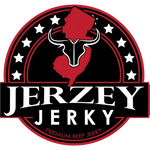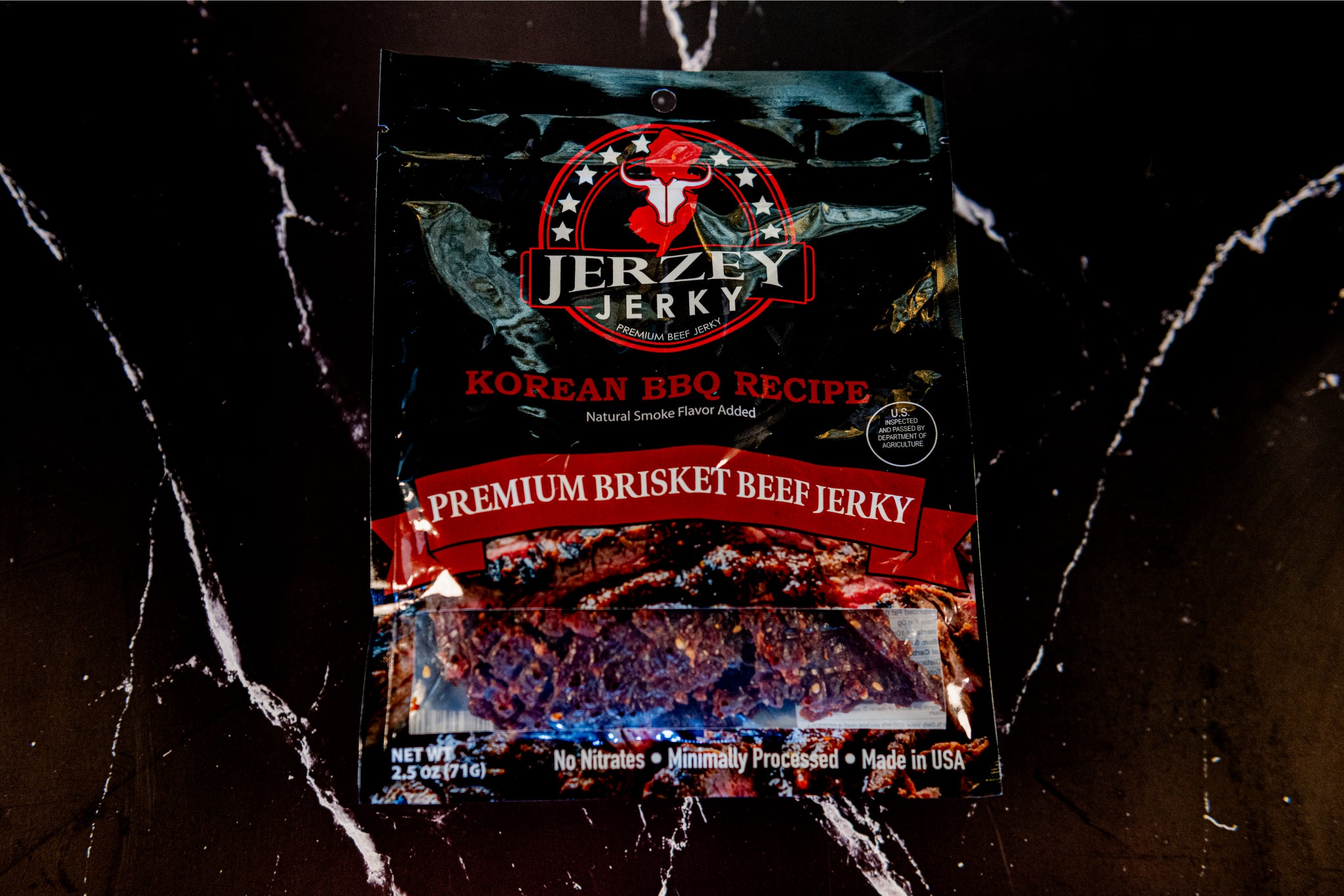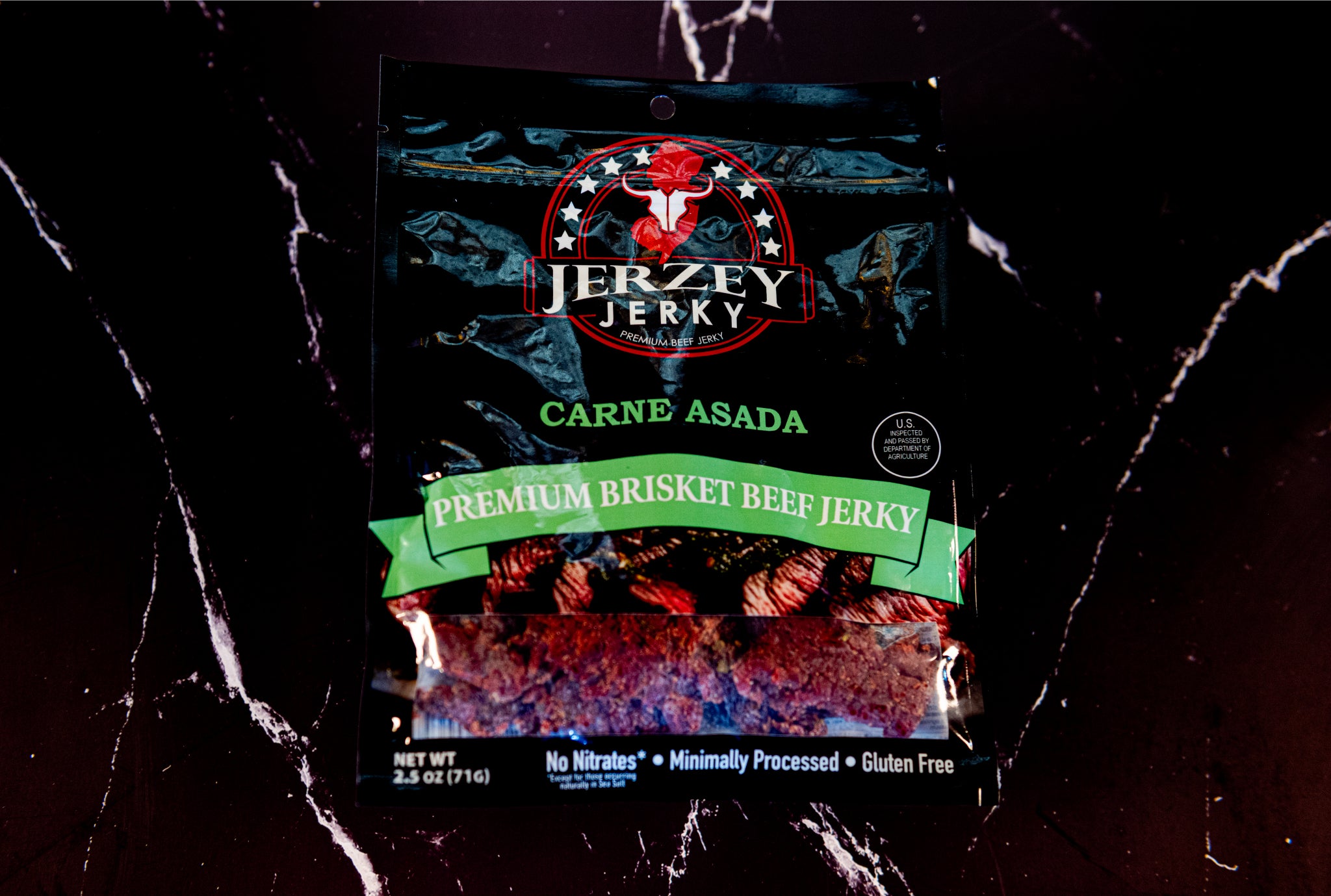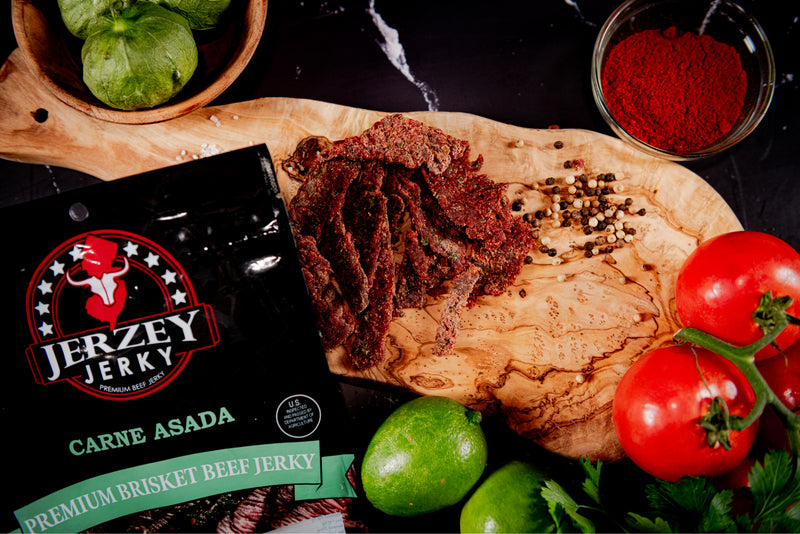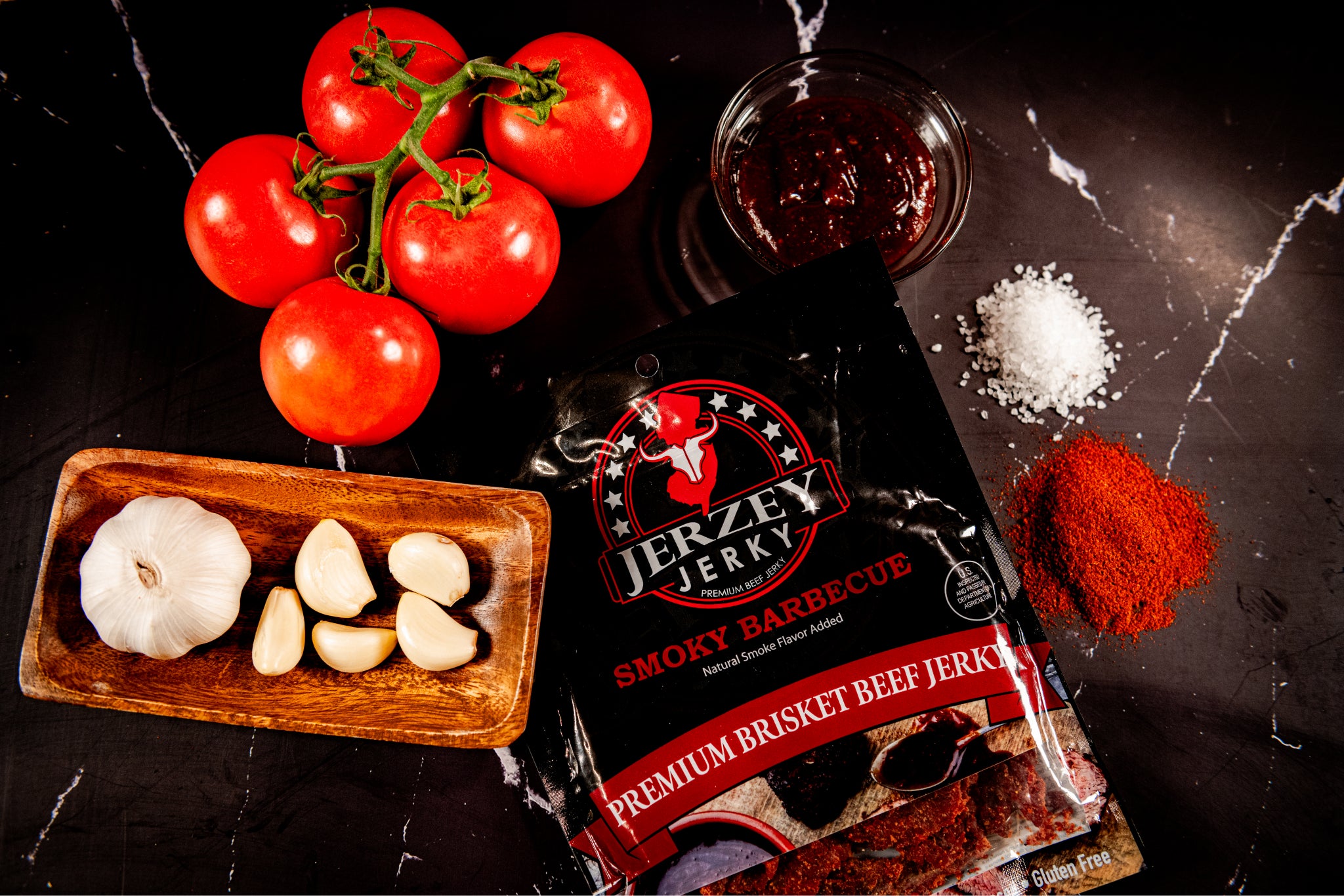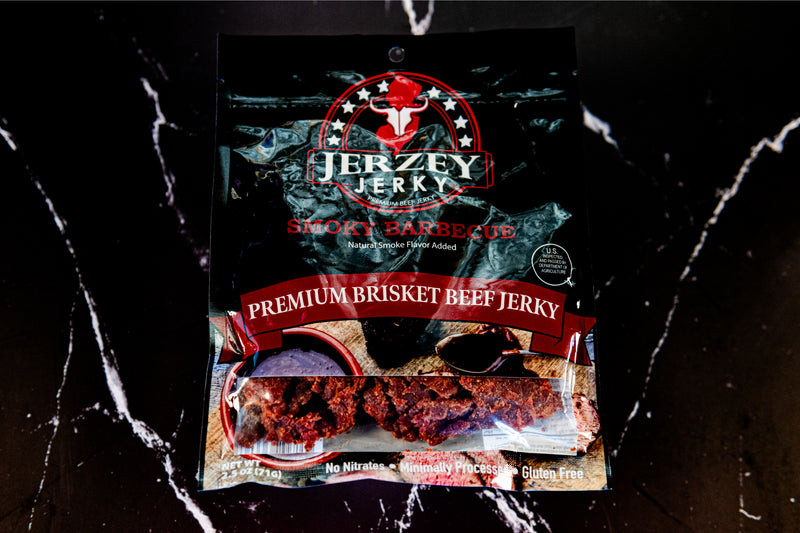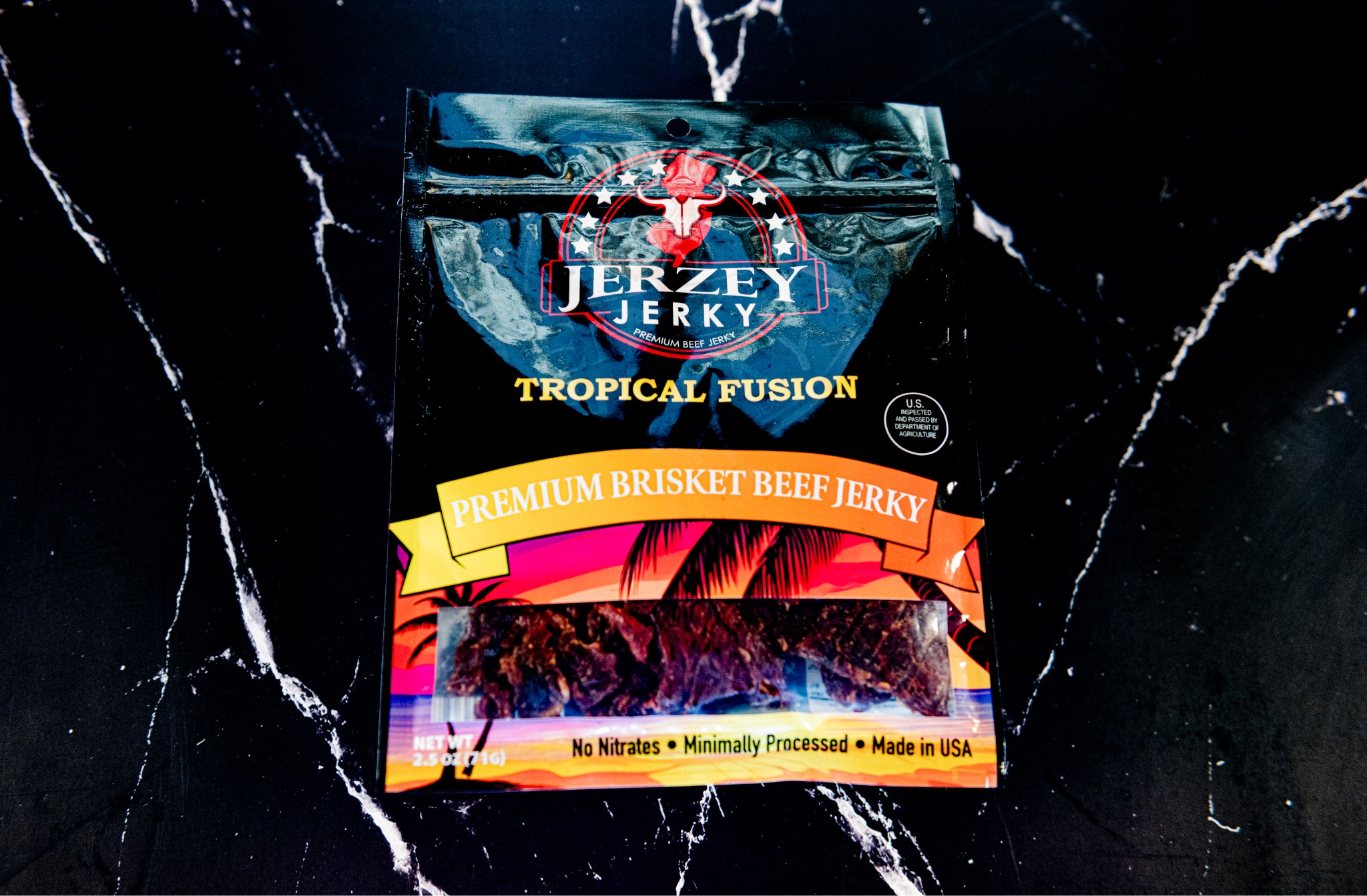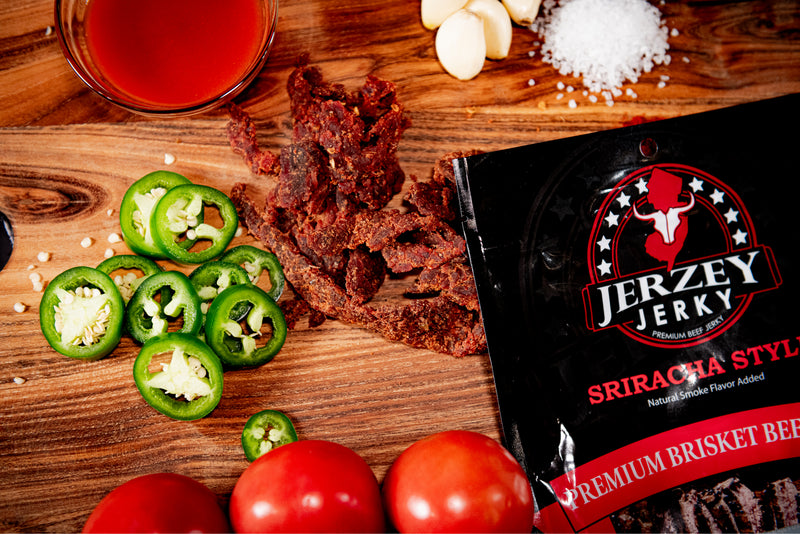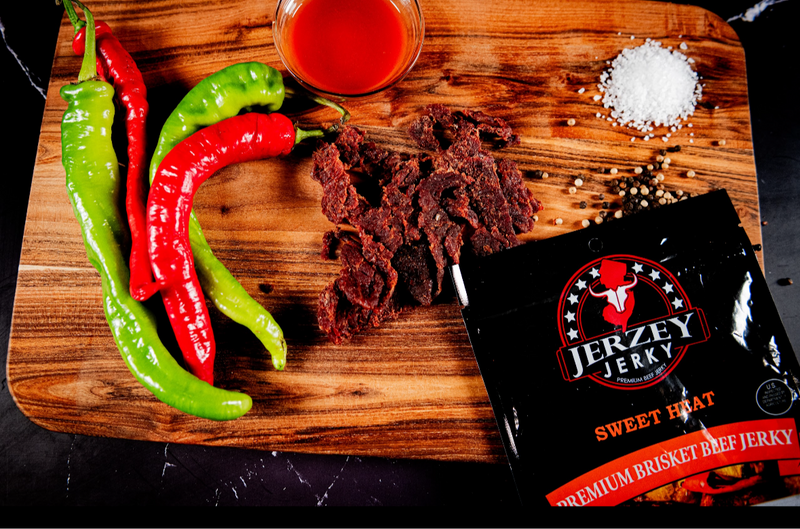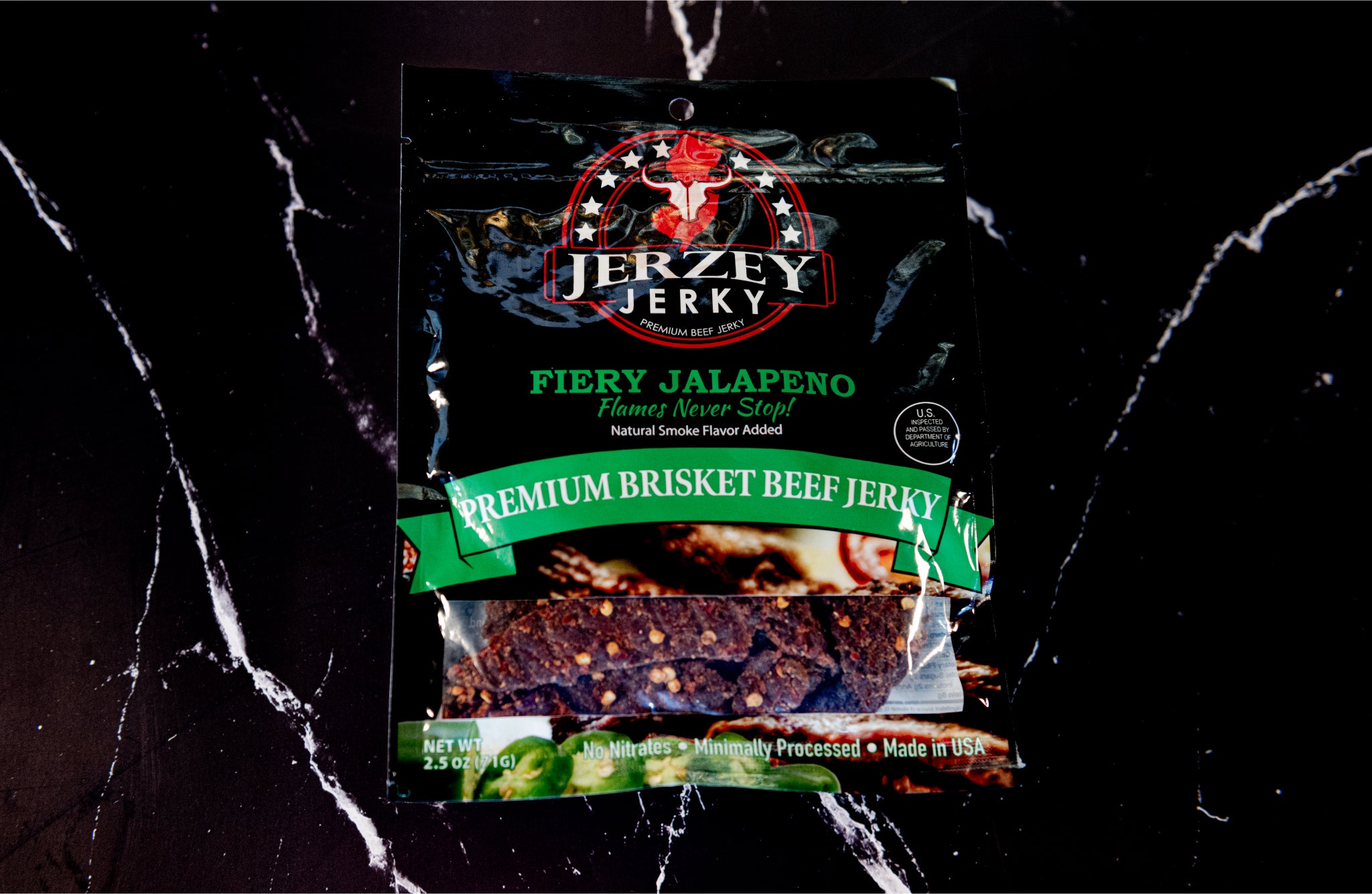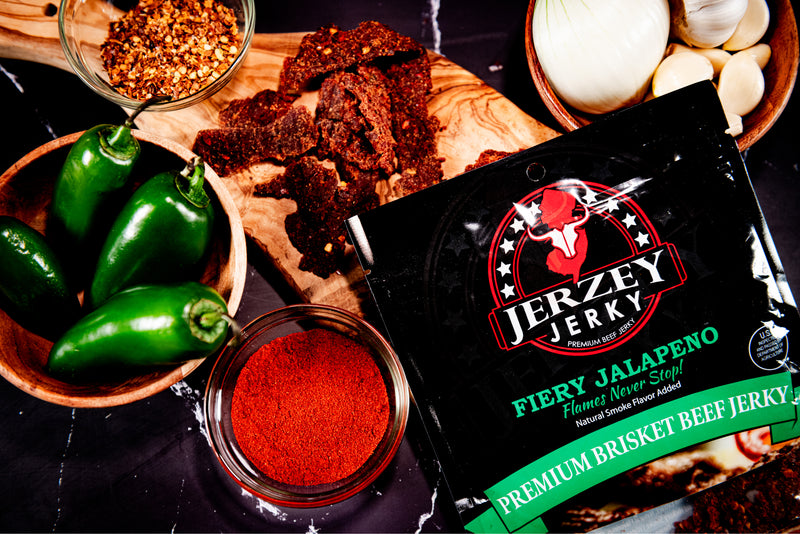
Dry Aged Beef: Characteristics, Nutritional Value & How to Identify
Dry-aged beef is beef kept in a cold, dry place for a few weeks to make it more tender and flavourful. The process removes moisture and makes the taste stronger. It also gives the meat a firm feel and deep colour.
The beef stays in controlled rooms at 0–4 °C with steady airflow for 21 to 55 days. Natural enzymes break down tough fibres, making the meat softer and easier to chew.
According to a 2016 study by Korea University’s Meat Science Lab, dry aging for 28 days improved tenderness by 17% and increased flavour strength without adding any chemicals.
Real dry aged beef smells slightly nutty and has a dark outer layer. Shops often label it as “aged 28 days.”
What is the Nutritional Value of Dry Aged Beef?
Here are the four key nutrients of dry aged beef and their role in sustaining the body.
- Calories: Dry-aged beef contains a bit more calories than regular beef. Loss of water during aging causes the meat to be firmer. A 100g portion provides approximately 250 to 280 kcal for the cut and aging time.
- Protein: On average, 23 to 26g of protein exists in each 100g of dry aged beef. The protein is useful in building muscles, repairing tissues, and making the body strong. Protein does not diminish as people age but becomes easier to digest.
- Fat Content: The beef dries and becomes more concentrated in fat. 100g of food has an approximate of 18 to 22g of fat. This contains saturated and unsaturated fats, which give the beef its juicy flavor and texture.
- Vitamins & Minerals: Dry aged beef is a source of B12, B6, Iron, Zinc, and Phosphorus. These nutrients assist in blood formation, energy release and bone strength. Aging stabilizes these nutrients and enhances meat flavour and quality.
- Health Benefits: It provides beneficial nutrients such as protein and iron, which are used in the daily operations of the body. The high fat content and taste of the food result in smaller portions, which are sufficient to be nutritional.
Shop the best-selling Fiery Jalapeno Beef Jerky - Brisket & Straight Whiskey Beef Jerky - Brisket
What are the Characteristics of Dry Aged Beef?
Here are the four key characteristics that distinguish dry aged beef and regular beef.
- Texture: Dry aged beef is soft and chews easily. Natural enzymes are used to break down hard muscle fibres as one ages. This provides the meat with a tender bite without the additional cooking time or techniques.
- Flavor Profile: The flavor is richer and more profound after fermentation. It tastes nutty, earthy and very strong. This is due to evaporation and natural ageing of the meat, which makes the taste more concentrated.
- Appearance: The outer layer darkens and dries away as it ages. This layer is normally sliced off prior to cooking. The meat is red and looks fresher inside but firmer than normal beef because of the loss of moisture.
- Smell: Dry aged beef is more odorous compared to fresh beef. It smells nutty or earthy, which is a natural result of fat and protein alteration. The odor is strong yet not unpleasant.
How to Identify Dry Aged Beef?
These are the four obvious indicators of dry aged beef and regular beef.
- Color: Dry aged beef is dark on the outside because of drying. Once trimmed, the inside is deep red in appearance. This distinction separates it as compared to fresh beef.
- Smell: It smells heavily, densely, sort of cheesy. The natural changes during the aging process bring about this smell which is not similar to the light smell of fresh beef.
- Packaging: Packages typically indicate whether it is Dry Aged or not and the days aged, such as 28-day aged. This tag indicates that the meat has been subjected to a dry section.
- Texture: Dry aged beef is hard to the touch compared to fresh beef. Moisture can be removed during the drying process, and the resultant meat is not tough but is thick and firm.
How is Dry Aged Beef Made?
Here are the four key steps used to prepare dry aged beef:
- Environment: Dry aged beef is kept in clean rooms at a temperature of 0-4 °C and a humidity of 75-80%. Constant air circulation dries the surface and prevents spoilage during the aging process.
- Duration: The average duration of aging is 21 to 60 days. The longer the number of days, the more intense the flavour. Most stores age beef for 28 or 35 days for a balance of taste and texture.
- Moisture Loss: During aging, up to 30% of the water content is lost from the meat. This moisture loss renders the flavour more concentrated and the texture firmer. Less water also means the nutrients and fat are concentrated.
- Enzymatic Breakdown: The enzymes in the meat gently break down the fibres of muscle over time. This tenderises the meat without the use of chemicals. The result is tender beef that holds its shape and has a better chewing experience.
What are the Buying & Storage Tips for Dry Aged Beef?
Here are four simple tips to help you buy and store dry aged beef:
- Selection: Purchase dry aged beef from reputable butchers or meat stores that use proper aging techniques. The best sellers make the aging period clear and store the beef in clean and temperature-controlled displays.
- Storage: Store dry aged beef in the fridge at 0-4°C. Use within 3 to 5 days of purchase. Always wrap it well so it doesn't dry out and soak up smells of other foods in the refrigerator.
- Freezing: Aged beef can be frozen and dehydrated for future use. However, freezing slightly alters the texture and diminishes some flavor. Seal it tightly in a freezer-safe package to maintain its desired quality while it's stored.
- Trimming: Before cooking, check the dried crust on the surface to make sure it is trimmed correctly. Butchers do this prior to sale. Otherwise, trim it at home to enhance the taste and texture of the meat.
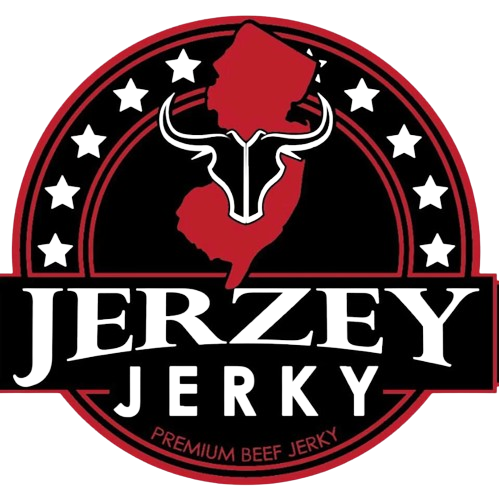
 2025-09-11
2025-09-11
 Wayne Holland
Wayne Holland

